The Indian pharmaceutical sector, a global leader in generic medicine production, is set to face a significant transformation as the revised Schedule M takes effect on January 1. This update in regulations, introduced by the Ministry of Health, is aimed at raising the bar for quality standards across the pharmaceutical industry. However, the impending enforcement has left drug manufacturers, particularly micro, small, and medium enterprises (MSMEs), scrambling to meet compliance requirements.
What is Schedule M and Why Does It Matter?
Schedule M is part of the Drugs and Cosmetics Rules, 1945, which outlines Good Manufacturing Practices (GMP) for pharmaceutical products. It establishes stringent requirements for manufacturing facilities, including infrastructure, equipment, and quality control systems.
The revised Schedule M introduces several key updates to ensure that Indian pharmaceutical products meet global standards. These include:
• Annual Product Quality Reviews: Regular assessments to ensure product consistency and safety.
• Quality Risk Management (QRM): A systematic approach to identifying and mitigating risks in manufacturing.
• Pharmaceutical Quality Systems (PQS): A comprehensive framework for maintaining high-quality manufacturing practices.
• Prompt Product Recall Mechanisms: Enhanced protocols for withdrawing defective or potentially harmful drugs from the market.
With these provisions, the government aims to build India’s reputation as a reliable pharmaceutical hub. However, the path to compliance is fraught with challenges, particularly for MSMEs, which form the backbone of the industry.
For large pharmaceutical companies with substantial resources, upgrading infrastructure and processes might be manageable. But for MSMEs, the story is starkly different. Industry representatives argue that the timeline for implementing the revised Schedule M is too short.
Rajesh Gupta, All India Head-Pharma at Laghu Udyog Bharati (LUB), emphasized that MSMEs face significant hurdles, including:
1. Financial Constraints: Many small units are already burdened with loans and lack the funds to invest in expensive machinery and facility upgrades.
2. Procurement Delays: The process of acquiring specialized equipment and setting up compliant infrastructure is time-intensive.
3. Limited Awareness: Many smaller manufacturers are still unfamiliar with the intricacies of the revised standards, necessitating extensive training and guidance.
Gupta has urged the government to extend the compliance deadline to December 2026, arguing that this would provide companies with the breathing room they need to upgrade without jeopardizing their survival.
The pharmaceutical industry has been vocal in its request for an extension. Leading organizations like the Federation of Pharma Entrepreneurs (FOPE) and Laghu Udyog Bharati have appealed to the health ministry, highlighting the risks of enforcing the new standards without adequate preparation.
“The government’s intent is clear, ensuring higher quality and safety but the timeline needs reconsideration,” said Gupta. “We’ve started awareness seminars, but infrastructural and financial hurdles cannot be overcome overnight.”
Their concerns are valid. MSMEs contribute significantly to India’s pharmaceutical exports and domestic supply. Any disruption to their operations could have far-reaching consequences for the healthcare sector.
Despite the industry’s pleas, the government has shown no signs of delaying the implementation of Schedule M. A senior government official confirmed that no extension notice has been issued, signalling the administration’s firm stance on enhancing quality standards.
The Ministry of Health’s resolve stems from increasing scrutiny of Indian pharmaceuticals on the global stage. Recent incidents involving substandard drugs have tarnished the industry’s reputation, making stringent regulations a necessity.
However, the lack of flexibility in the timeline raises concerns about the potential fallout. Will smaller players be forced to shut down, leading to market consolidation? Or will the industry rise to the occasion, adapting to the new norms and emerging stronger?
While the revised Schedule M poses challenges, it also presents opportunities. By adhering to global standards, Indian pharmaceutical companies can strengthen their position in international markets. Enhanced quality control mechanisms will not only boost consumer confidence but also open doors to new export destinations.
Moreover, the push for compliance could drive innovation within the sector. Companies may invest in advanced technologies, such as automation and data analytics, to streamline processes and improve efficiency.
The government, for its part, could play a crucial role in facilitating this transition. Offering financial incentives, such as subsidies or low-interest loans, could help MSMEs upgrade their facilities. Additionally, organizing training programs and workshops would ensure that smaller manufacturers are well-equipped to meet the new standards.
The challenges faced by the pharmaceutical industry in adapting to Schedule M are not unique. Similar transitions have been observed in other sectors, such as food safety and environmental compliance. Lessons from these experiences can guide the current process:
1. Phased Implementation: Introducing the new standards in phases would allow companies to adapt gradually, minimizing disruptions.
2. Stakeholder Collaboration: Regular consultations between the government, industry bodies, and manufacturers could address concerns and ensure a smoother transition.
3. Transparent Communication: Keeping all stakeholders informed about timelines, expectations, and available support mechanisms is crucial for building trust and cooperation.
As the January 1 deadline approaches, the pharmaceutical industry finds itself at a crossroads. The revised Schedule M represents a significant step forward in ensuring the quality and safety of Indian drugs. However, the implementation process must strike a balance between regulatory rigor and practical feasibility.
For drugmakers, particularly MSMEs, the coming months will be critical. Those who can navigate the challenges and adapt to the new norms will emerge stronger, equipped to compete in an increasingly quality-conscious global market.
For the government, the focus should be on providing the necessary support to manufacturers while maintaining its commitment to high standards. Achieving this balance will not only safeguard the industry’s growth but also reinforce India’s reputation as a trusted pharmaceutical powerhouse.
The revised Schedule M is both a challenge and an opportunity for India’s pharmaceutical sector. It highlights the government’s commitment to quality while highlighting the need for collaborative efforts to ensure a smooth transition.
As the industry braces for stricter enforcement, the question remains: will drugmakers adapt in time, or will the new standards usher in a wave of consolidation and change? One thing is certain that the road to compliance will shape the future of Indian pharmaceuticals, setting the stage for a more robust and reliable healthcare system.
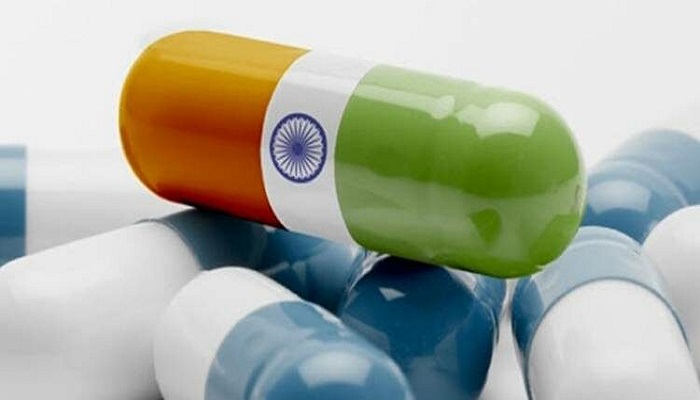
 The revised Schedule M is both a challenge and an opportunity for India’s pharmaceutical sector.
The revised Schedule M is both a challenge and an opportunity for India’s pharmaceutical sector.










.jpeg)

.jpg)


.jpeg)
.jpeg)
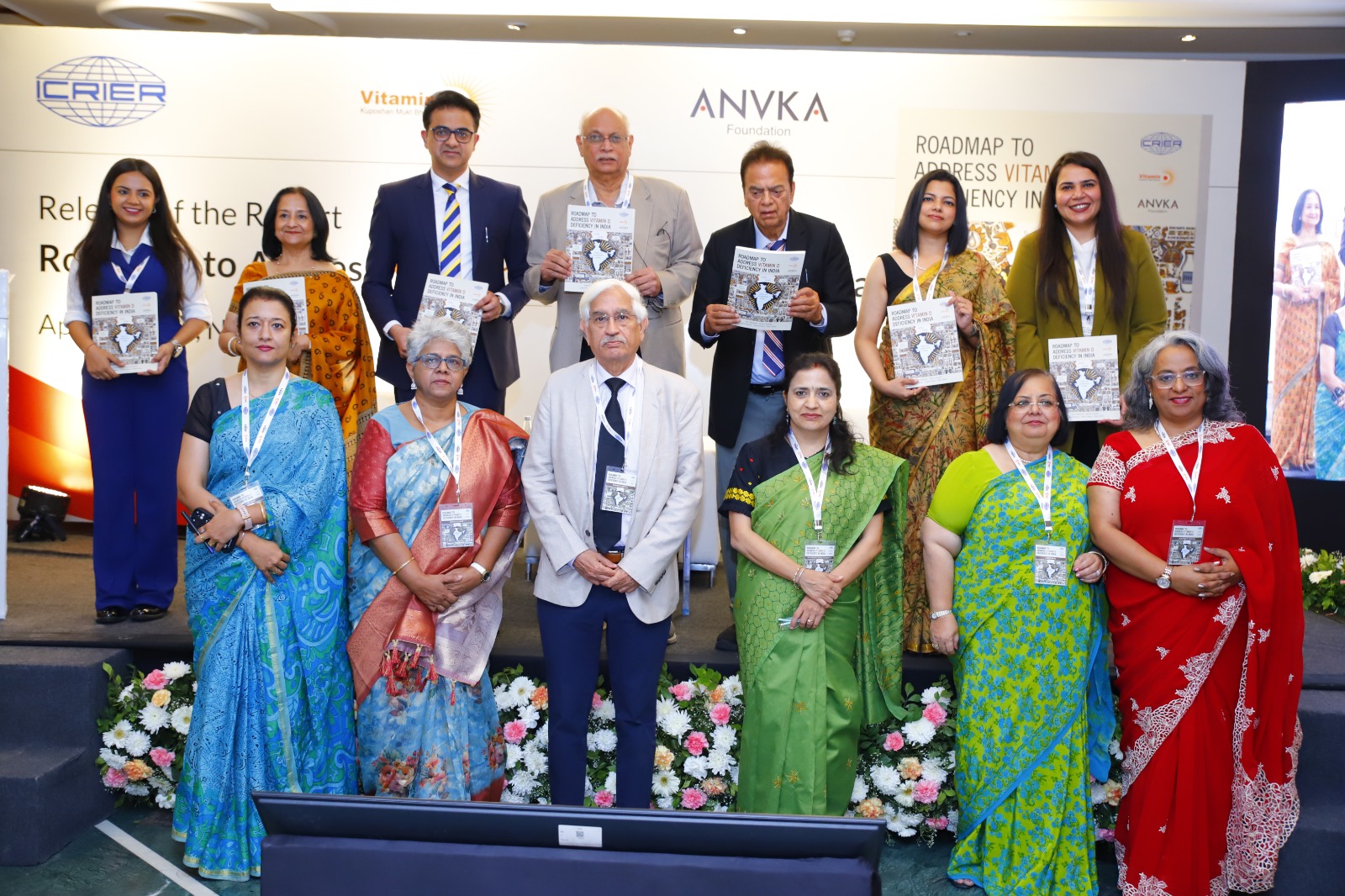

.jpeg)
.jpg)
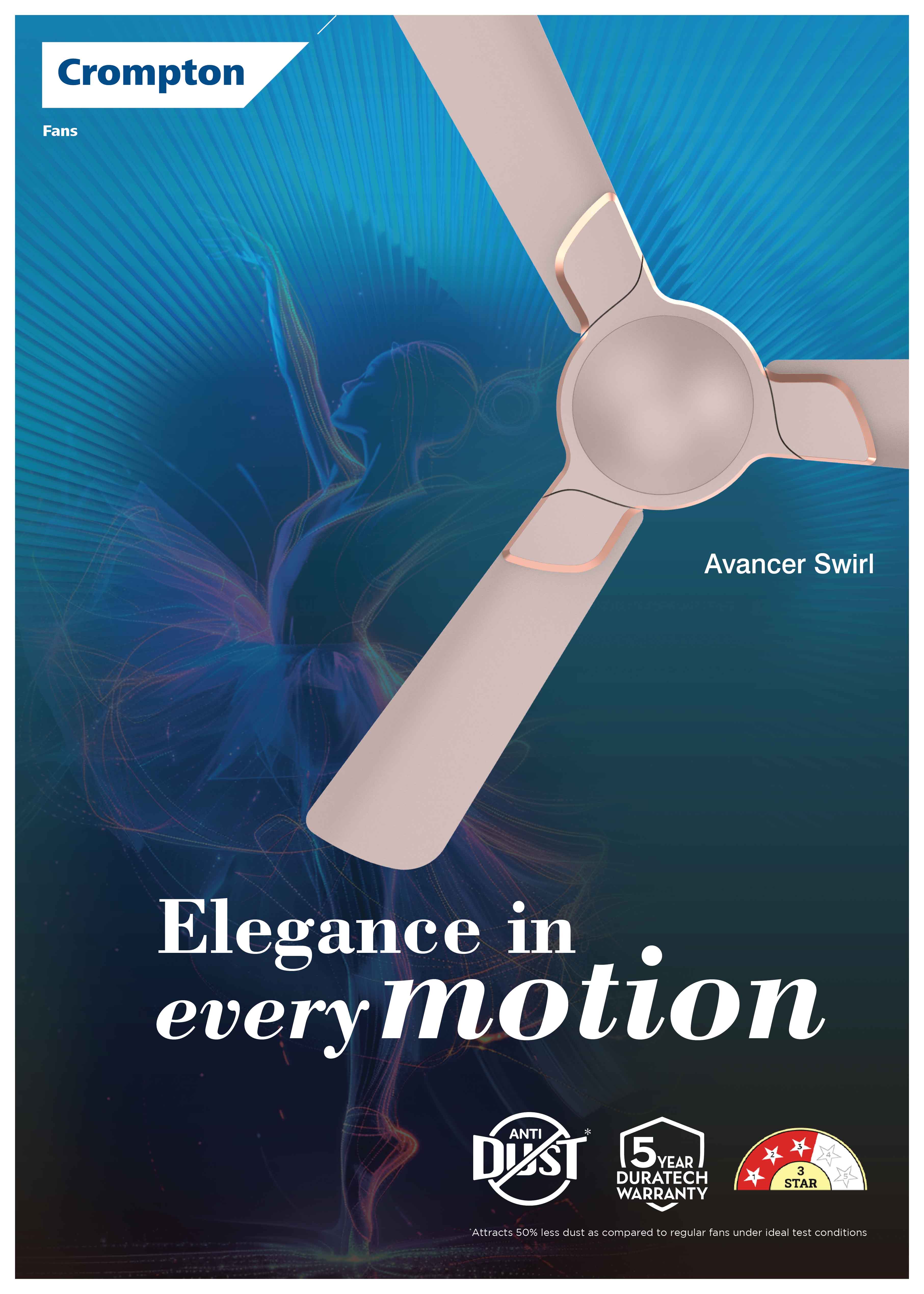
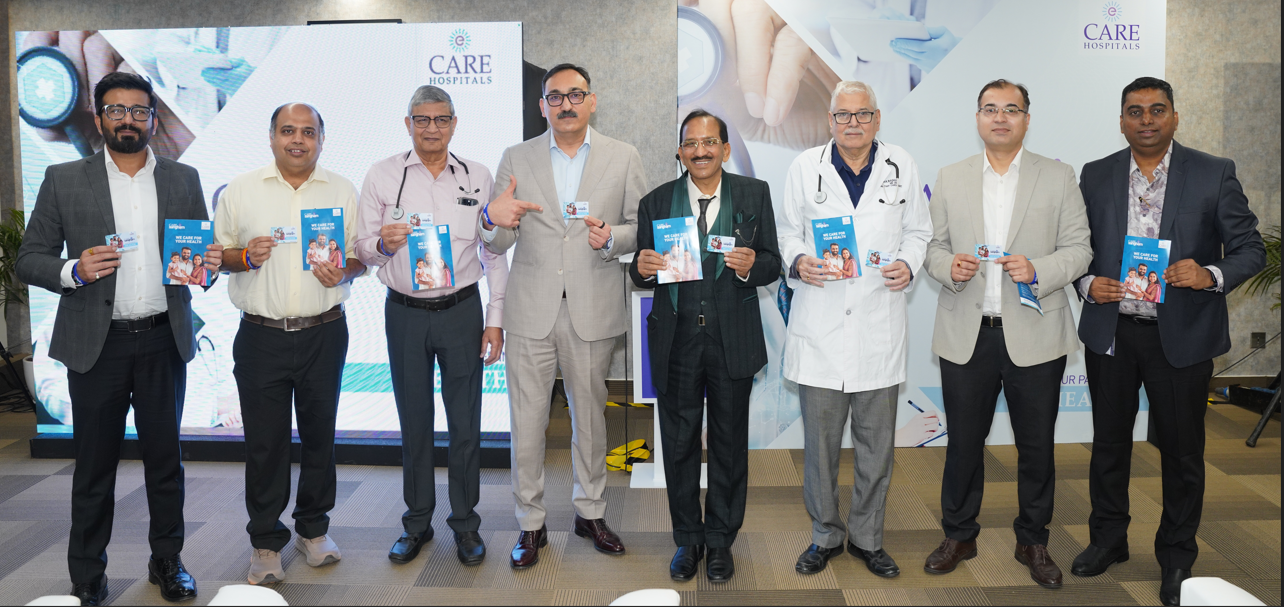


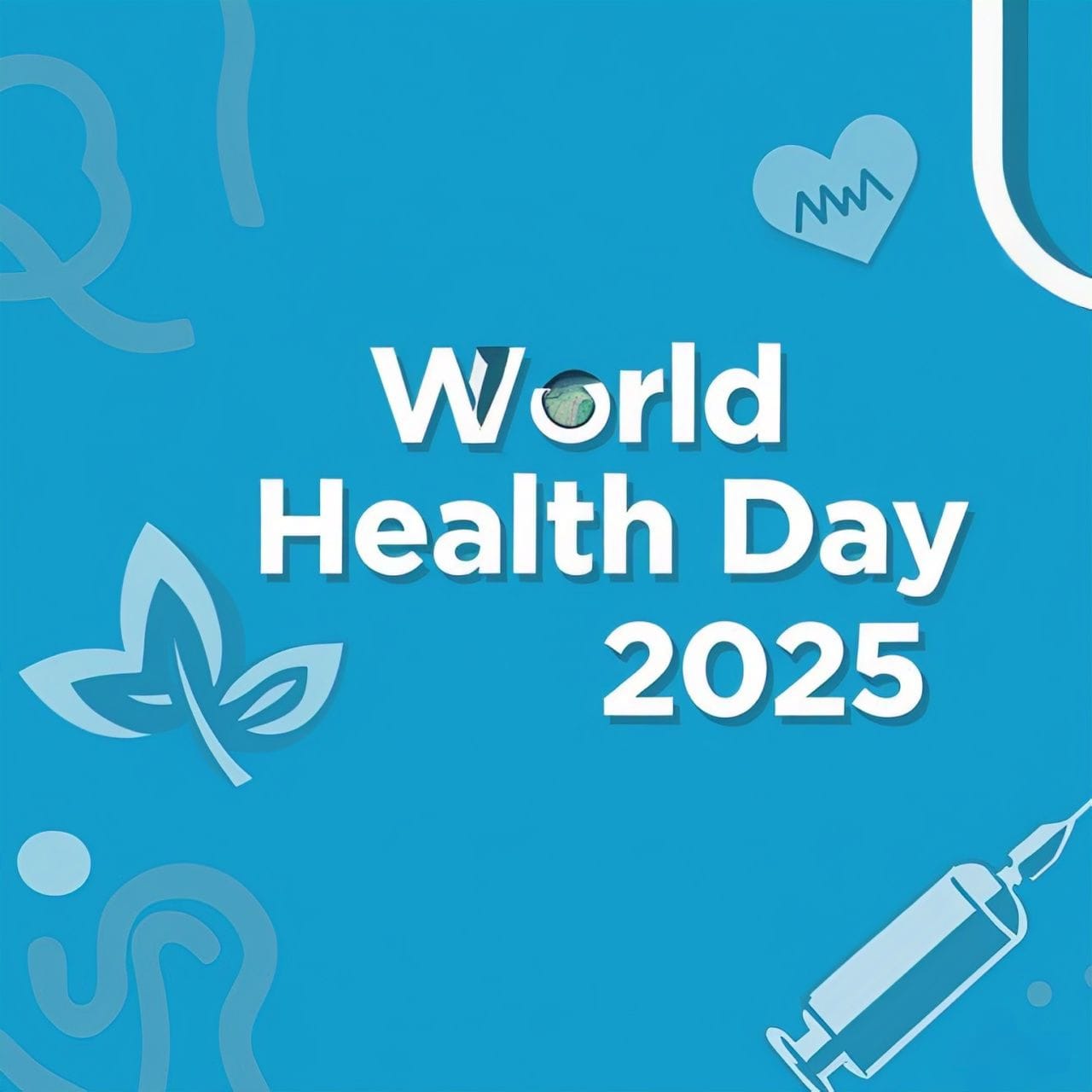
.jpeg)


